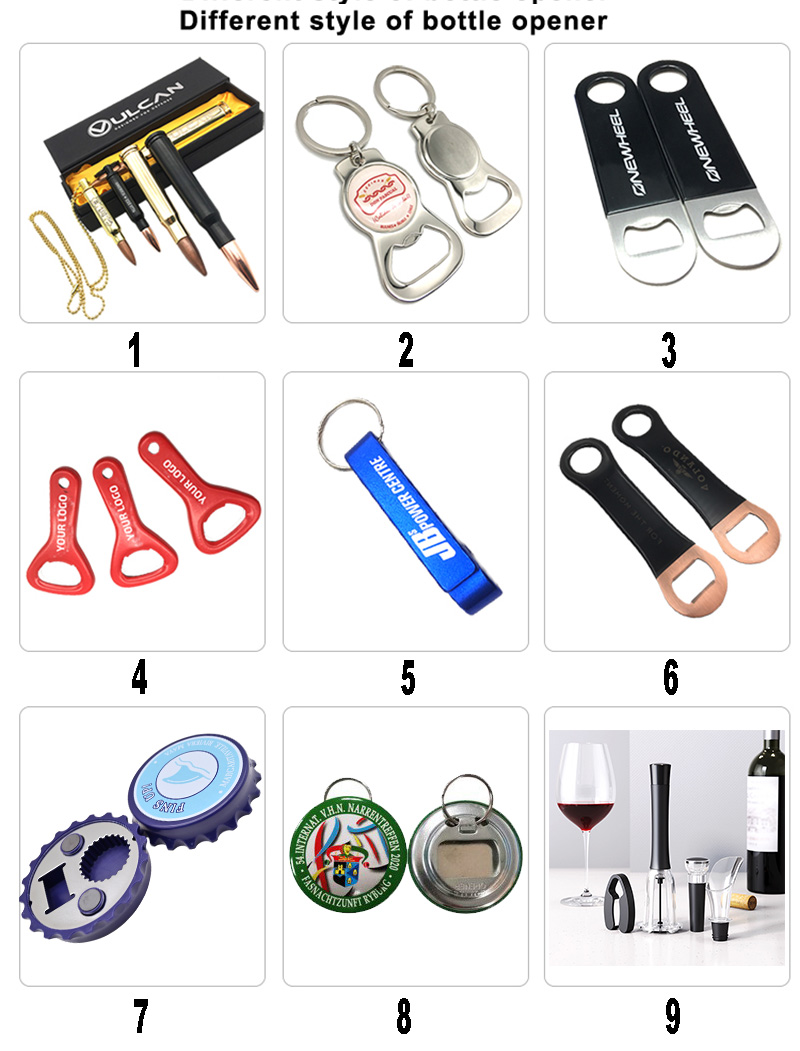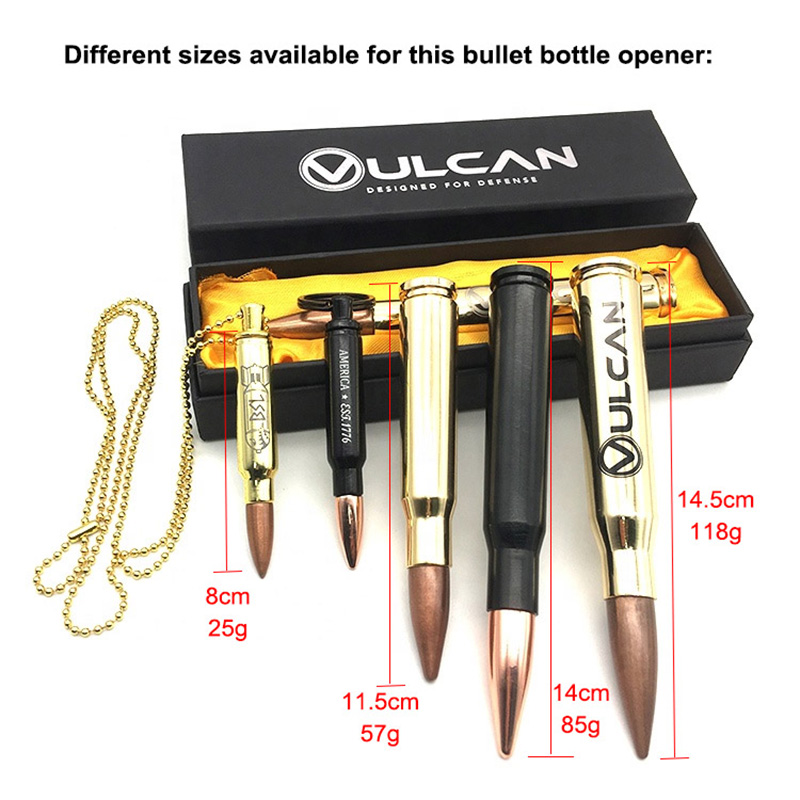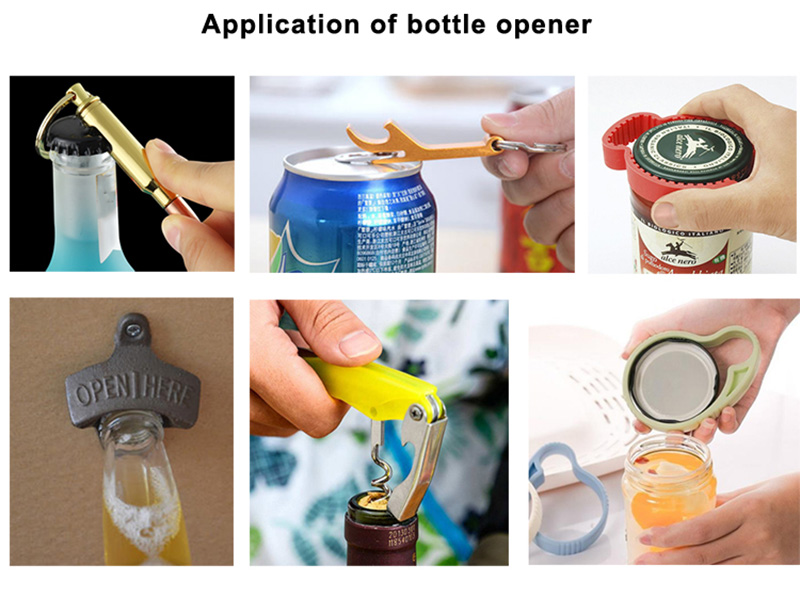1.1 Ordinary organic fluororesins for organic fluororesin coatings are generally homopolymerized or copolymerized with fluoroolefins such as tetrafluoroethylene (TFE), vinyl fluoride (VF), vinylidene fluoride (VDF) and other monomers. Produced, its excellent performance, widely used. Polytetrafluoroethylene (PTFE) coating is the best non-stick coating, non-wettability, low friction, and heat resistance in fluororesin coatings. It is mainly used in home products, food, rubber and plastic, automotive, precision machinery and other industries. Field, as an important anti-stick coating, heat-resistant coating, insulating coating and wear-resistant coating. Polyvinylidene difluoride (PVDF) coatings are generally obtained by emulsion polymerization, have excellent chemical resistance, excellent thermal stability and excellent weatherability, durability, wear resistance, widely used in architectural aluminum For metal coils, it can be used as a decorative and protective finish. The polyvinyl fluoride-ethylene copolymer (PFEVE) resin developed by Japan's Asahi Glass Co., Ltd. in 1982 solved the problem that the fluororesin was difficult to dissolve in conventional solvents, achieved room temperature curing, and greatly broadened the application of fluorine coatings.
Although organic fluororesins have many excellent properties, there are also some problems: generally require high-temperature curing, long curing time, inconvenient for large-area construction, poor adhesion to substrates, poor wetting of pigments, in organic solvents The solubility is also not good, the price is more expensive and so on. Therefore, organic fluorine resins and modified organic fluorine resins are commonly used together with other organic resins.
1.2 Organic Fluorine-Modified Resins Organic fluorine-modified resins can generally have the advantages of two resins, making up for certain deficiencies in the performance of the two resins, thereby improving performance and expanding applications. The modification methods include physical blending and chemical reaction modification. Chemically modified products generally have better performance than physical blending modification. Chemical modification mainly involves the copolymerization of monomers with functional groups such as enols, enesters, olefinic acids, or other functional groups to form cross-linked copolymers, thereby allowing organic fluorine to obtain new properties. In organofluorine-modified other organic coating industries, fluorine-modified organic resins mainly include acrylic resins, polyurethane resins, epoxy resins, polyphenylene sulfide, and silicone resins.
1.2.1 Fluoro Acrylic Coatings Fluorine-containing acrylic coatings not only retain the good alkali resistance, color retention and luster, and fullness of coating films, but also have weather resistance, stain resistance, and corrosion resistance of organic fluorine resins. Self-cleaning performance is an excellent overall performance coating.
By introducing a fluorine-containing group to change the structure of the acrylate polymer, the performance of the acrylic resin is greatly improved, making it more widely used. There are mainly two methods for introducing fluorine-containing groups: one is to use a fluorinated acrylate monomer to copolymerize with an acrylate, and the other is to add a fluorine-containing additive such as perfluorooctanoic acid, a fluorocarbon surfactant and the like during polymerization. The former method can not only change the structure of the polymer side chains, effectively change the surface properties of the copolymers, but also does not significantly increase the cost, and has practical significance. The synthesis of fluorinated acrylate monomers mainly includes fluorinated alcohols and Methyl) acrylate; two preparation methods using perfluoroalkyl iodide and (meth) acrylate reaction. 3M, Du Pont, Asahi Glass, and Otsuka Organic Chemicals are all produced. The copolymerization of fluorinated acrylates can be initiated with gamma rays, peroxides, or azobisisobutyronitrile, and can be bulk, solution, or emulsion polymerization. After the film is formed, the fluorine-containing side chains can be concentrated on the coating film. The surface maximizes the effect of fluorine atoms and has excellent water resistance and stain resistance. At present, fluorine-containing acrylates have been successfully applied to optical fiber coatings, automotive coatings, architectural coatings and fabric treatment agents.
Tang Liming and others from Tsinghua University used polyvinylidene fluoride and polyacrylate as raw materials to synthesize polyacrylate modified emulsions with excellent performance through emulsion polymerization. The emulsion has good adhesion to the substrate and the surface properties of the coating film after the film formation are good, and can be used for the surface modification of the substrate in areas such as pollution resistance, heat resistance, chemical resistance, and non-stickiness, for example, for textiles. , leather products, water, oil and other fields.
1.2.2 Fluorine-Containing Polyurethane Coatings Fluorine-containing polyurethane coatings have excellent weathering resistance, color retention and heat resistance, corrosion resistance, chemical resistance, room-temperature curing, and comprehensive properties unmatched by other coatings. Aerospace, bridges, vehicles, ship anti-corrosion and construction, etc., are protective and decorative coatings for aluminum, steel, cement, plastic, and wood surfaces.
Fluorine-containing polyurethane coatings use the principle of hydroxyl-curing two-component polyurethane coatings. Hydroxy-containing fluororesins and polyisocyanates, which are components of the curing agent, are formulated as fluorine-containing polyurethane coatings that can be crosslinked at room temperature. As a functional group, the fluorinated copolymer is cured by crosslinking with a polyisocyanate at room temperature, and has been widely used not only for its excellent chemical properties but also for its versatile coating properties.
RobertF. Brady reported on a fluorine-containing polyurethane coating developed by the U.S. Navy. The formulation contained 34% (volume fraction) of polytetrafluoroethylene, hexamethylene diisocyanate as a curing agent, and dibutyltin dilaurate as a drying agent. The paint has excellent appearance, weather resistance, heat resistance and corrosion resistance. It can be used as aircraft exterior paint, fuel storage tank paint, ship antifouling paint, automotive paint and so on.
Zhang Yongming et al. synthesized hydroxyl-containing fluorosilicone resin and used 60 parts of this resin as raw materials, 30 parts of methyl isobutyl ketone/xylene (2:1), 10 parts of additives, and 25 parts of HDl (as curing agent). Made of varnish. The varnish not only has good adhesion and mechanical strength, but also has high heat resistance, weather resistance, good hydrophobicity and stain resistance, and has great potential application value in anti-corrosion coatings and anti-fouling coatings.
1.2.3 Fluorine Epoxy Resin Coating Fluorine-containing epoxy resin can not only improve the solubility of epoxy resin, but also improve the heat resistance, wear resistance and corrosion resistance of epoxy resin. Wuhan University of Technology Unisong High uses 2,2-bis(4-hydroxybenzene)-1,l,1,3,3,3-hexafluoropropane for condensation polymerization with epichlorohydrin, the introduction of fluorine atoms not only The solubility of the epoxy resin is increased and the heat resistance is improved.
Wuhan University New Technology Research Institute Shi Mingde, etc. using epoxy resin modified vinylidene fluoride - tetrafluoroethylene - hexafluoropropylene copolymer, obtained epoxy modified organic fluorine coating, both the advantages of epoxy resin and organic fluorine resin It not only has good adhesion, but also has good mechanical properties and resistance to organic solvents, and has broad application prospects.
1.2.4 Fluorine-Containing Silicone Coatings Fluorine-containing silicone coatings can be cured at room temperature to form a film with excellent corrosion resistance, impact resistance, adhesion and weather resistance, and the service life can be more than 20 years. The WB99 fluorine-containing organosilicon coating developed by Shanghai Huisheng Silicone Science and Technology Co., Ltd. has been successfully applied to coating and protection of Nanpu Bridge cable jacket. The fluorine-containing organosilicon antifouling coatings developed by Mera et al. are suitable for the protection of undersea storage tanks, ships, fishing nets and wharves.
1.2.5 Fluoropolyphenylene Sulfide Coatings Polyphenylene sulfide coatings have excellent thermal stability, flame retardancy, chemical resistance, weatherability, and radiation resistance. The coating is thin and free of pinholes. However, its main disadvantage is its large brittleness and easy cracking. It can be modified with organic fluorine, and it can be used for high corrosion resistance, heat resistance, and high toughness of fluororesin, high adhesion to polyphenylene sulfide, and thermal stability. The combination of pinholes and anti-corrosion properties results in a high-performance anti-corrosion coating. Ye Peng, Shandong University, etc. uses polyfluoroethylene-propylene as the top coat and polyphenylene sulfide as the base coat. It uses the principle of gradient functional materials, adds intermediate transition layers, and transitions in layers to increase the bond strength of coatings. A good anti-corrosion coating.
2 New Fluorine Coatings With the development and application of surface activation cross-linking technology, supercritical fluids, nanotechnology and other advanced technologies and materials, as well as people's awareness of environmental health, economical, efficient, environmentally friendly, functional new fluorine coatings develop rapidly. It has become the main development direction of fluorine-containing coatings.
2.1 Waterborne Fluorine Coatings Waterborne fluorinated coatings not only have excellent weatherability, stain resistance, corrosion resistance and other properties of fluorinated materials, but also have the environmental protection, safety, and other properties of waterborne coatings. Therefore, they are increasingly attracting the attention of all countries in the world and are the coatings industry in the future. An important direction of development. Schmidt, Dow Chemical Company, USA, first reported the use of reactive fluoropolymers to make non-stick coatings. The waterborne fluoropolymer coatings developed abroad have various forms such as water-soluble, water-dispersible and emulsion-like. However, most of the current aqueous fluoropolymers are still water-dispersible. Typical aqueous fluorine coatings are cathodic electrophoretic coatings made from fluoroolefins, vinyl ethers, carboxyl-containing compounds, and water-soluble amino resins. Japan’s research in this area is very active. Kawamura S and Hi-BiT of Japan Large Ink Company used flonated emulsion and epoxy silane as cross-linking agents to obtain durable and non-sticky water-based fluorinated coatings. The film formation temperature is 30~45°C. Among domestically developed water-based fluoropolymer coatings, Nanchang Institute of Aeronautics and Industry Rao Houzeng has developed NH-R water-based fluorinated coatings that are unique in that they are formulated from a fluorinated emulsion that does not cure itself and a certain percentage of additives. The coating has strong adhesion, aging resistance, corrosion resistance and chemical stability, and is easy to apply. It is widely used in aviation, marine development, energy, electronics and chemical industries.
2.2 High Solids and Powder Fluoro-Coatings Like water-based fluoro-coatings, high-solids fluoro- and fluoro-resin powders are environmentally friendly. Fluoro-resin powder coatings prepared from thermoplastic PVDF resins have been marketed for a long time, but due to their poor dispersion and high-temperature baking, their use is narrow. In recent years, a thermosetting fluororesin coating can be prepared by using a fluororesin having a fluoroolefin vinyl ether as a main chain and having a crosslinkable reactive group such as a hydroxyl group melted at 100°C. Zhang Yunxiang and others from the Shanghai Institute of Organic Chemistry, Chinese Academy of Sciences, used Tetrafluorene ETFE (ethylene, tetrafluoroethylene copolymers) to produce powder coatings with excellent properties. Stefano et al. used perfluoroether polyurethane and perfluoroether polyesters. Series high-solid fluorine resin coating.
2.3 Ultra-weather-resistant fluorine coating organic fluorine resin has excellent weather resistance, weatherability of coating with fluorine-modified polyacrylate, polyurethane, epoxy resin, etc. is also significantly improved, can be used for outdoor long-term, high decorative protective coating. The fluorine-containing acrylate coating has excellent weather resistance, good gloss and color retention, is not easy to chalk, and has good gloss. He Xiaolu and others have developed a super weather resistant color acrylic fluorinated coating that can be applied to outdoor and a variety of plastic products. Fluorine-containing polyurethane coatings have excellent moisture resistance and ultraviolet light resistance and are widely used for the protection of aircraft skins, automotive coatings, large tank surfaces, and stone artifacts.
2.4 Fire-retardant Fluorine-Resistant Fluorine-Coated Fluorine-Resistant Coatings Because fluorine atoms in fluororesin and fluororesin account for 25%-50% of the resin, they are inherently flame-retardant and fire-retardant. For example, the limited oxygen index (PVI) of polyvinylidene fluoride (PVDF) is 440, and the oxygen limiting index of ethylene tetrafluoroethylene (ETFE) is 30, which is higher than the oxygen content in the air, so it can be self-extinguished in air. , showing a higher flame retardant performance. Combined with ultrafine layered silicates, hydrated alumina, and magnesium oxide, it can be made into high-efficiency, low-smoke and low-toxic paints. The current market for ultra-thin steel fire-retardant fluorine coatings is increasingly promising.
2.5 Antifouling Self-cleaning Fluorine Coatings Due to the dense molecular structure of fluorine coatings, the surface friction coefficient is low, the induced voltage on the surface of the paint film is high, the surface energy is low, and the static electricity is not easily caused, and the anti-soil residuum is strong and strong. The hydrophobicity makes it difficult for dust and moisture to adhere to the coating surface.
Introducing our Bottle Opener Custom! Whether you're a drinker who loves to indulge in rare wines or beers, or just looking for a reliable opener for daily use, our Bottle Openers have got you covered. Our Personal Bottle Openers are made from the highest quality materials and are equipped with cutting-edge technology to ensure your drinks come out smoothly and easily.
Our Bottle Openers come in a variety of styles, from the classic Personal Bottle Opener to the more advanced Beer Bottle Openers Custom designed to fit the specific needs of your drink. With our Bottle Openers, you can open even the most difficult bottles with ease, saving you time and effort.
But that's not all. Our Bottle Openers also have a practical use beyond opening bottles. They are designed to be lightweight, durable, and easy to carry, making them perfect for outdoor activities or anytime you need a reliable opener. Whether you're hiking, camping, or just hanging out with friends, our Bottle Openers are always ready to help you enjoy your drinks to the fullest.
So why settle for ordinary Bottle Openers when you can have the ultimate Custom Bottle Openers? Order our Bottle Openers today and experience the difference for yourself!

Our corkscrews include red wine corkscrews and beer corkscrews, with various styles, colors and patterns can be customized.


Bullet Bottle Opener and Aluminum Bottle Opener are two beer bottle openers that are popular among customers. We have a variety of existing colors and sizes. If you need to order other colors, sizes or styles, please contact us.

This set of Opener For Wine is a relatively advanced red wine corkscrew, which can open red wine simply and quickly without too complicated operations.

We produce a variety of different styles of Bottle Openers, not only beer and red wine, but also cola and some cans. If you have any bottles and cans that you need to open, you can come to us to learn about tools for opening bottles or cans
Bottle Opener Bullet,Personal Bottle Opener,Beer Bottle Openers Custom,Aluminum Bottle Opener,Opener For Wine
Shenzhen Yiyixing Zipper Manufacture Co.,Ltd , https://www.nicekeychain.com